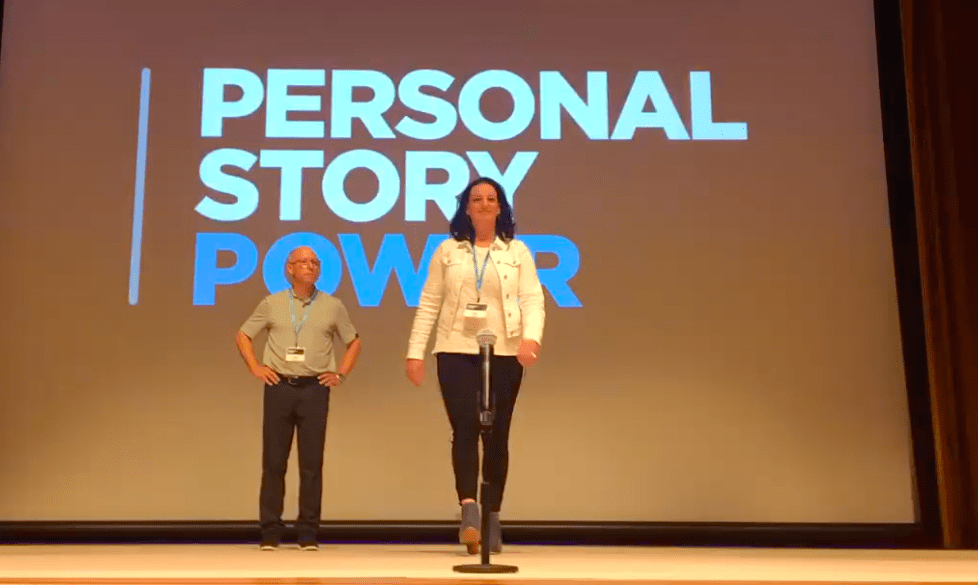
Most people can relate to scrolling through Facebook, minding their own business when randomly, an inspirational video rolls through their feed. At first, you think "I don't have time to watch this." But then, after reading a few of the captions you're like "wow, this is powerful stuff."

The next thing you know, you've sat through the entire 15-minute video listening to the speaker address an audience about improving one area of their life. Using persuading stories, this person has convinced nearly everyone in the room (and you) that it's time to make big life changes.
But how did they do it? More importantly, how can you use persuasive story-telling to your advantage in business? Keep reading to find out.
1. Cater to Your Audience
First, you must follow one of the most important rules of business - know your audience. This also applies when telling persuading stories.
You must identify with your target audience and use terminology they know and appreciate. You must also focus on what drives them. What are they passionate about?
I like to think of my stories and teaching points as building blocks, or what my 6-year-old loves, Lego Blocks. When I find out who my audience is, I create my keynote, workshop, or break out session putting together the blocks I feel will serve them the most.

2. Get Personal
Next, when telling persuading stories, you have to be genuine and speak from within. This means getting personal. Use your own experience and showing vulnerability creates connection.
This will not only help you seem more authentic in the eyes of your audience, but it will also make telling your story come off as more organic and natural. They say public speaking is the number-one fear in America, followed by heights and other things that are actually dangerous to our physical well-being and then you maybe never guessed it, being unfriended on Facebook.
3. Use Real-World Examples and/or Data
If you really want to connect to people when telling persuading stories, you have to make them apply to people's lives. For example, if you were telling a story with the goal of convincing people to improve their nutrition, you would want to include what data shows in terms of chronic illnesses related to poor food choices and being overweight.
People don't need to be told they need to lose weight, but if they can make the connection on their own, they're more likely to make a change if it moves them.
4. Tap Into You and Your Audience's Emotions
Next, one of the most effective ways to persuade somebody is by sparking an emotional response within them.
Take a look at crowdfunding charity commercials for animals in need. They play Sarah McLachlan music while rolling footage of the most adorable and sad looking puppies they could find. Underhanded, perhaps, but very effective (I'm not crying- you're crying!)

5. Inspire Action
Finally, the entire point of telling persuading stories is to inspire action. This could be changing one's lifestyle, contributing to a cause, or hiring your company.
Regardless, your story must motivate the audience and convince them that things would be better "if this or that." Your story must call them to action or compel them to make a difference. Here's an example of my signature story that I tell on almost every podcast, stage, webinar, or FB live where I'm teaching.
*
*
*
Want to Learn More About Persuading Stories and Impacting Your Audience?
If you need guidance and are interesting in business coaching classes, contact me today. We have several workshops, as well as one-on-one courses.





